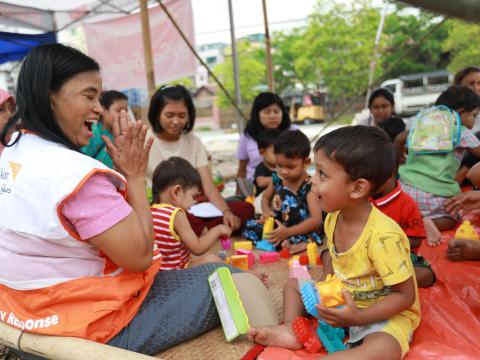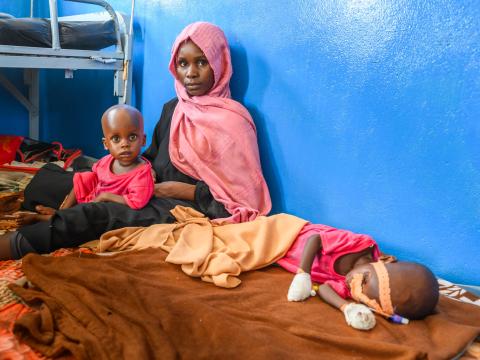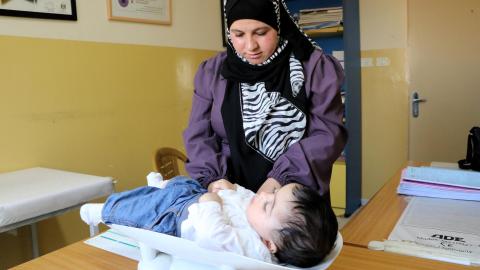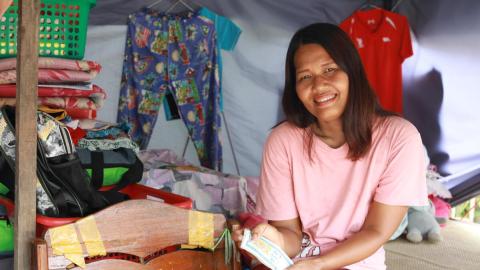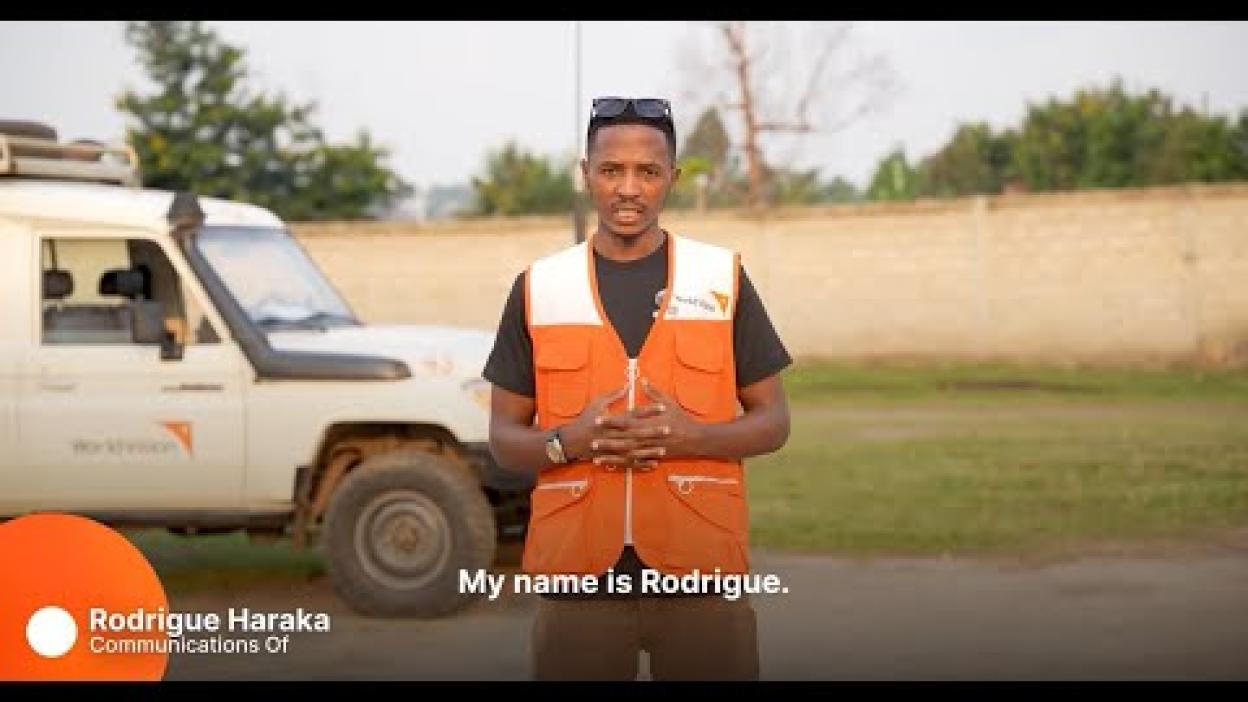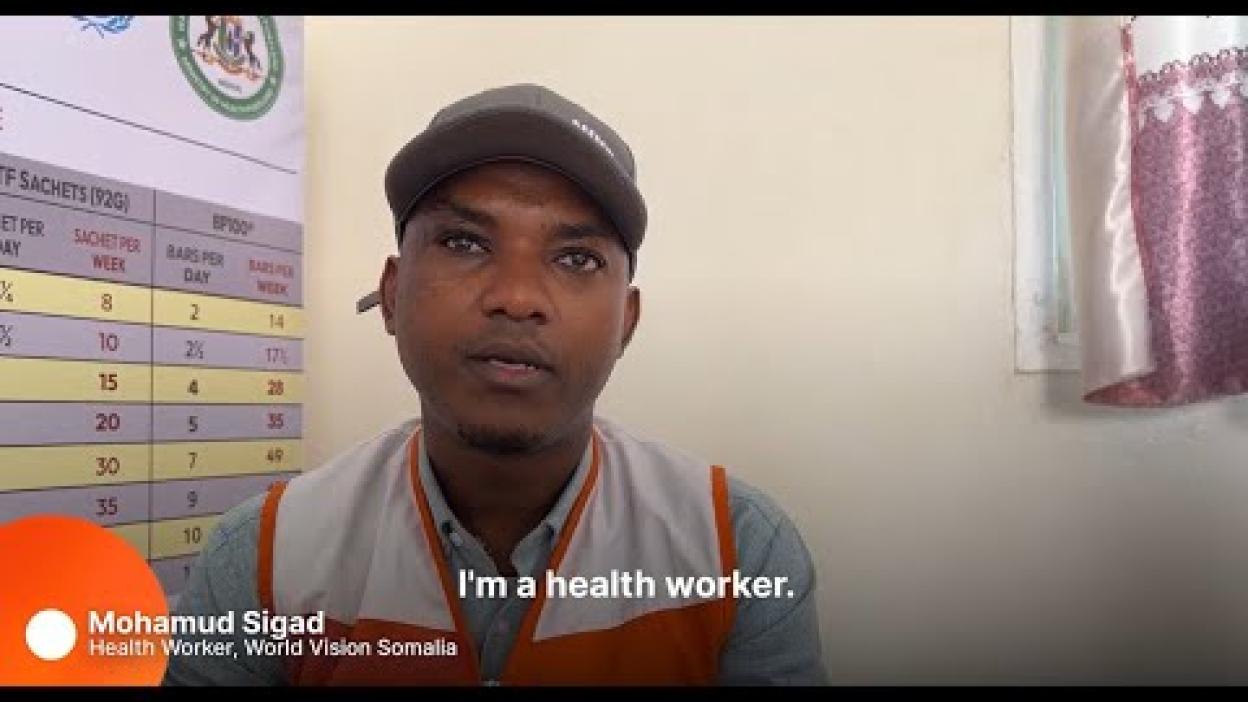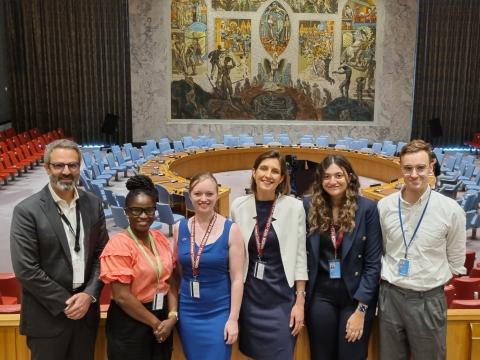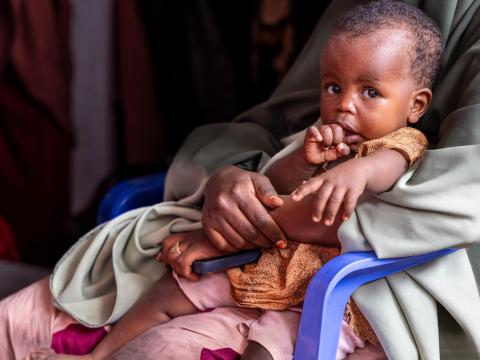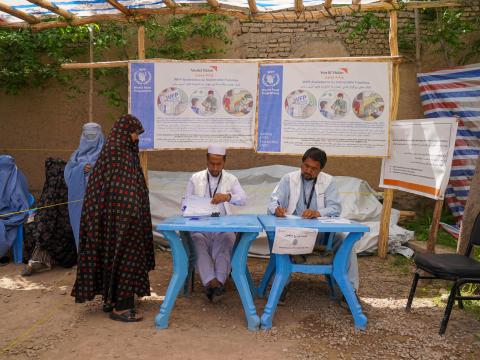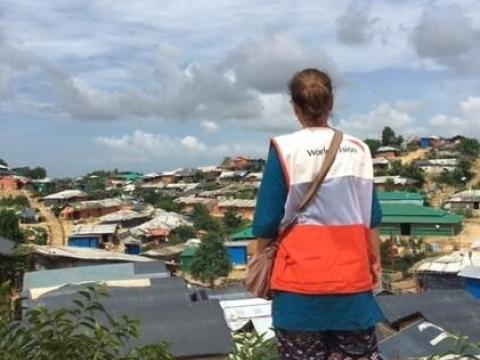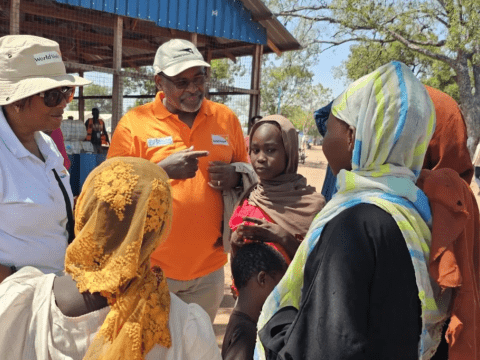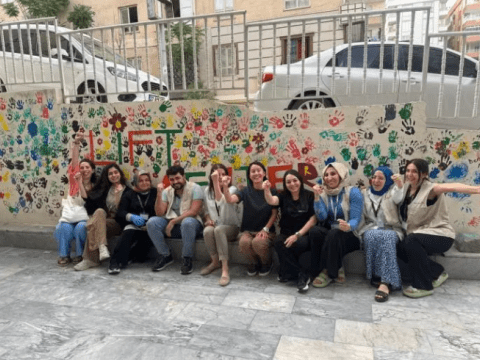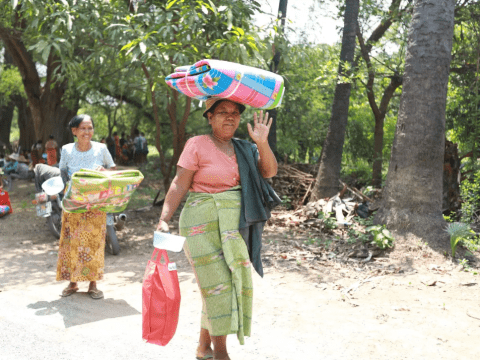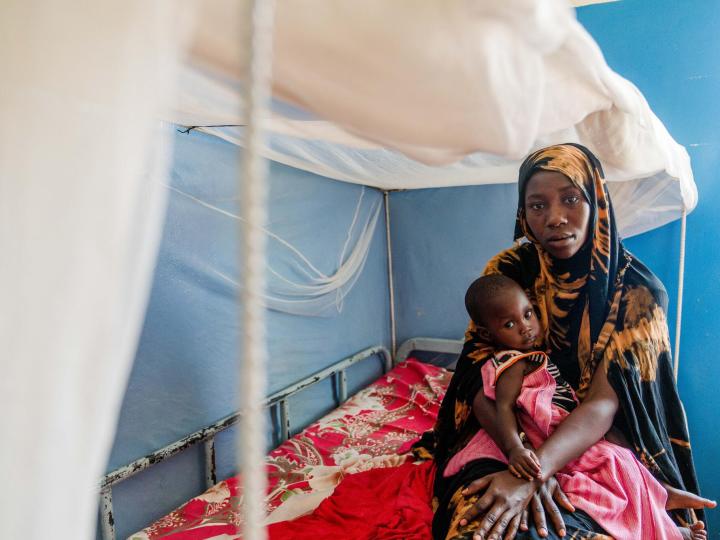World Humanitarian Day
Needs Haven’t Shrunk.
But the Aid Has.
#ActForHumanity
This World Humanitarian Day, we continue to honour the aid workers who save lives and bring hope to millions in need. From child protectors in South Sudan to cargo controllers in Myanmar, they are the lifelines for children and families in crisis. But today, those lifelines are fraying.
In 2024, the deadliest year for humanitarian workers in recorded history, 383 humanitarian workers were killed across 20 countries.
At the same time, across the globe, humanitarian funding is being slashed. Governments are cutting aid budgets just as needs continue to rise. Food for emergencies is drying up. Children vulnerable to conflict and abuse are going unprotected. Health clinics are closing. Crisis stats are spiking. In South Sudan, 97% of families report going a full day and night without food. In fragile contexts, children are now eight times more likely to be forced into labour and six times more likely to be married early.
Despite the changing humanitarian funding landscape, which is affecting life-saving programmes and millions of people across 40 countries, World Vision humanitarians are not giving up.
Humanitarian workers are not collateral damage or statistics. We are workers — nurses, drivers, teachers, engineers, storytellers — and our safety is not optional.
Unsung Heroes
Child-Focused Humanitarian Action
World Vision is responding through our Global Emergency Relief Fund (GERF), prioritising 10 countries and Category 3 emergencies where the need is greatest and funding is lowest. Your support will help us:
Humanitarian Impact
This is what World Vision aid has done in 2024:
